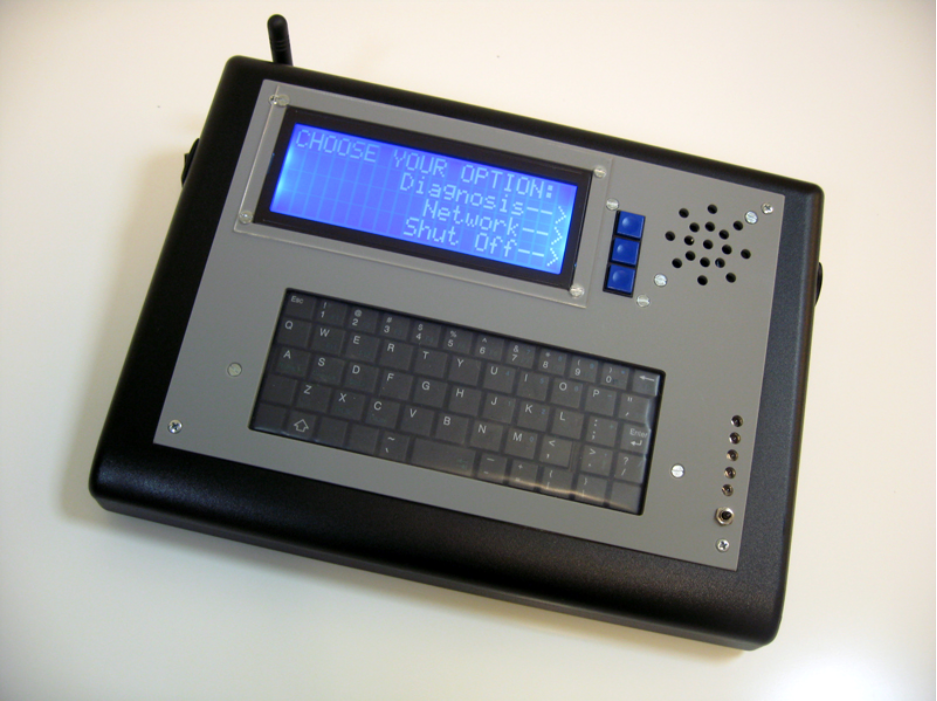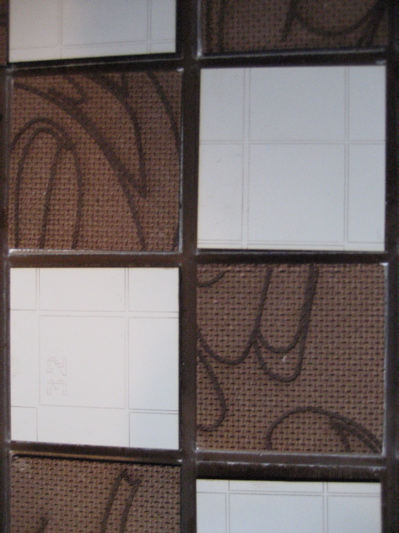Work on the UCube is going ok, but slowly. I was able to purchase some more parts last week to help build out the first prototype. The problem I’m struggling with now is the most effective way to design the contacts between the z-axis poles and the smart-board. I believe I’ve found a solution by laser-etching circular grooves into the plexi of the smart-board, and filling them partially with conductive material that I can connect wires to. The grooves are spaced to be the with of header pins that will protrude slightly from the z-axis cylinder. Not that this is in any way comprehensible at the moment, but once it’s done, I’ll post pictures and it will make more sense.
In other news, I’m writing a paper for my computational theory class on deciding equivalence between two regular expressions. It’s about as dense as it sounds, but at the same time strangely interesting. The most efficient method for determining equivalence is still an actively researched question in the PSPACE-complete problem set. I won’t bore you with the details, but I did write this sentence yesterday:
“As an example, Braibant and Pous developed a set of algebraic tools for reasoning about binary relations, of which Kleene algebras are part of a subset of algebraic fragments with decidable equality.”
Which has to be one of the more obscure sentences I’ve ever written. What have I become?
I came up with a joke this week. It’s really bad:
So I went to see this documentary about high-rise window washers.
It was rated Squee-G 13.




And whatever happened to Briabant and Pous? I heard the opened the first hardware store in the 16eme arrondissement specializing in a large variety of wood screws.
I believe they also sell finely crafted cuckoo clocks.
Did “Kleene” algebras give rise to “Kleenex”?
On a more serious note, is the interest in this topic due to the fact that the basis of all computing is, in some sense, determining equivalence of numerical patterns?
At first, the interest in efficient pattern-matching was purely practical – to some extent, that is still true, although the specific area I’m dealing with for the paper is fairly pedantic. The proofs and algorithms in nearly all the papers are in obscure logical languages, and not really meant for implementation in non-academic circumstances (as far as I can tell). Good joke about the Kleenex though.
Well, it’s probably not a total waste of time. Just think how popular it will be the las vegas showgirls and at other parties.